Archives Experience Newsletter - November 2, 2021
Who’s Next
Millions have tuned into HBO’s hit series “Succession” to follow the dramatic power struggles between the siblings and the family patriarch. Their betrayals and schemes remind us of the very real fears our Founding Fathers had about power and the executive branch. (They were breaking away from the King!) So it’s surprising that when President William Henry Harrison died of pneumonia on April 4, 1841, after only thirty-one days in office, there was no concrete road map for how to fill his office.
Power vacuums destabilize governments, and it is a testament to the strength of our system that the events following Harrison’s death were never juicy enough for an HBO series. But it still took nearly 200 years to iron out the official line of succession and prepare for the variety of scenarios in which the Commander in Chief might vacate the office. This week, come along with us for our own Archives Succession series. Although it won’t be as gripping as the TV series, we think an unplanned transfer of power from one Leader of the Free World to another provides plenty of intrigue.

Patrick Madden
Executive Director
National Archives Foundation
“Acting” President

A Motion to Amend the Resolution
National Archives Identifier: 25466017
The attendees of the Constitutional Convention in 1787 had a lot on their minds, so perhaps they can be excused for not paying much attention to the question of what the procedure would be if the President died in office, resigned, or was incapacitated. Article II, Section 1, clause 6 of the U.S. Constitution states, “In Case of the Removal of the President from Office, or of his Death, Resignation, or Inability to discharge the Powers and Duties of the said Office, the Same shall devolve on the Vice President, and the Congress may by Law provide for the Case of Removal, Death, Resignation or Inability, both of the President and Vice President, declaring what Officer shall then act as President, and such Officer shall act accordingly, until the Disability be removed, or a President shall be elected.”
That would seem to be an adequate solution, but it’s a little short on details. The matter became a hot-button issue when President William Henry Harrison caught pneumonia and died a month after he took the oath of office and John Tyler became President. Congress was in a quandary about what Tyler’s actual title should be. One member of the House of Representatives proposed legislation that would have titled Tyler “Acting President,” but Congress voted the measure down, and Tyler became President with the full powers of the office until the end of the term.
The Line Established
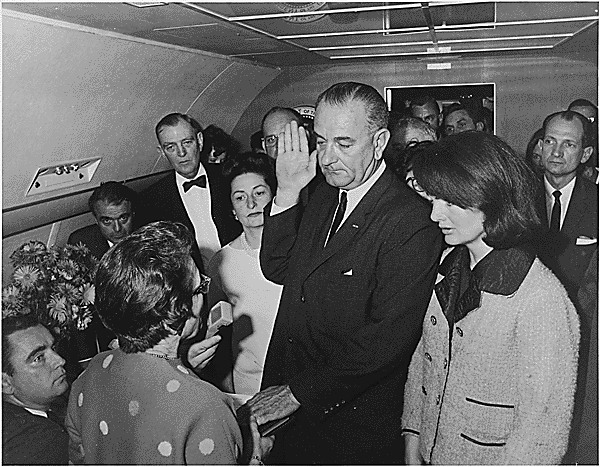
National Archives Identifier: 194235
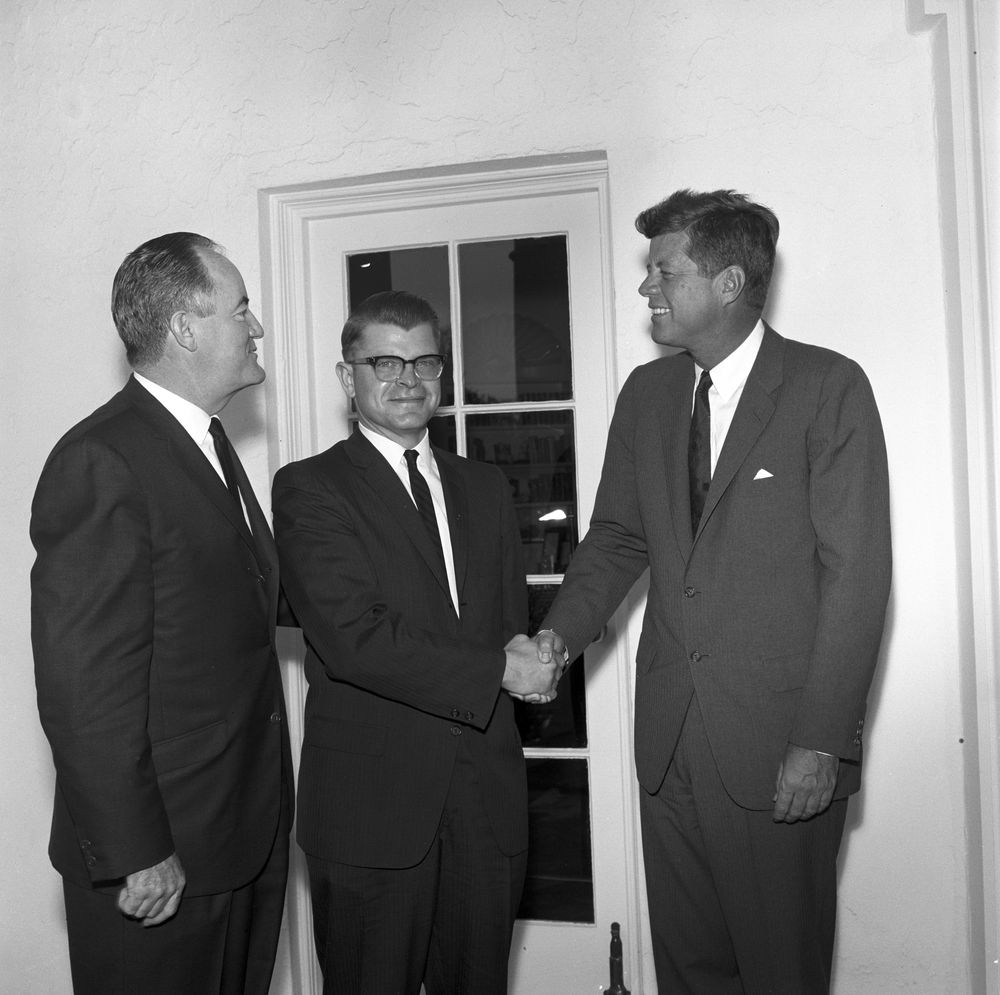
President John F. Kennedy with Senator Hubert Humphrey and Guest
National Archives Identifier: 12014166
The assassination of John F. Kennedy was the motivating event that persuaded Congress to formalize the line of Presidential succession and put procedures in place to guide the process. Passed by Congress in 1965, the amendment was ratified in 1967. Finally, the nation had a set of clear instructions about how to deal with vacancies in the two highest offices in the land.
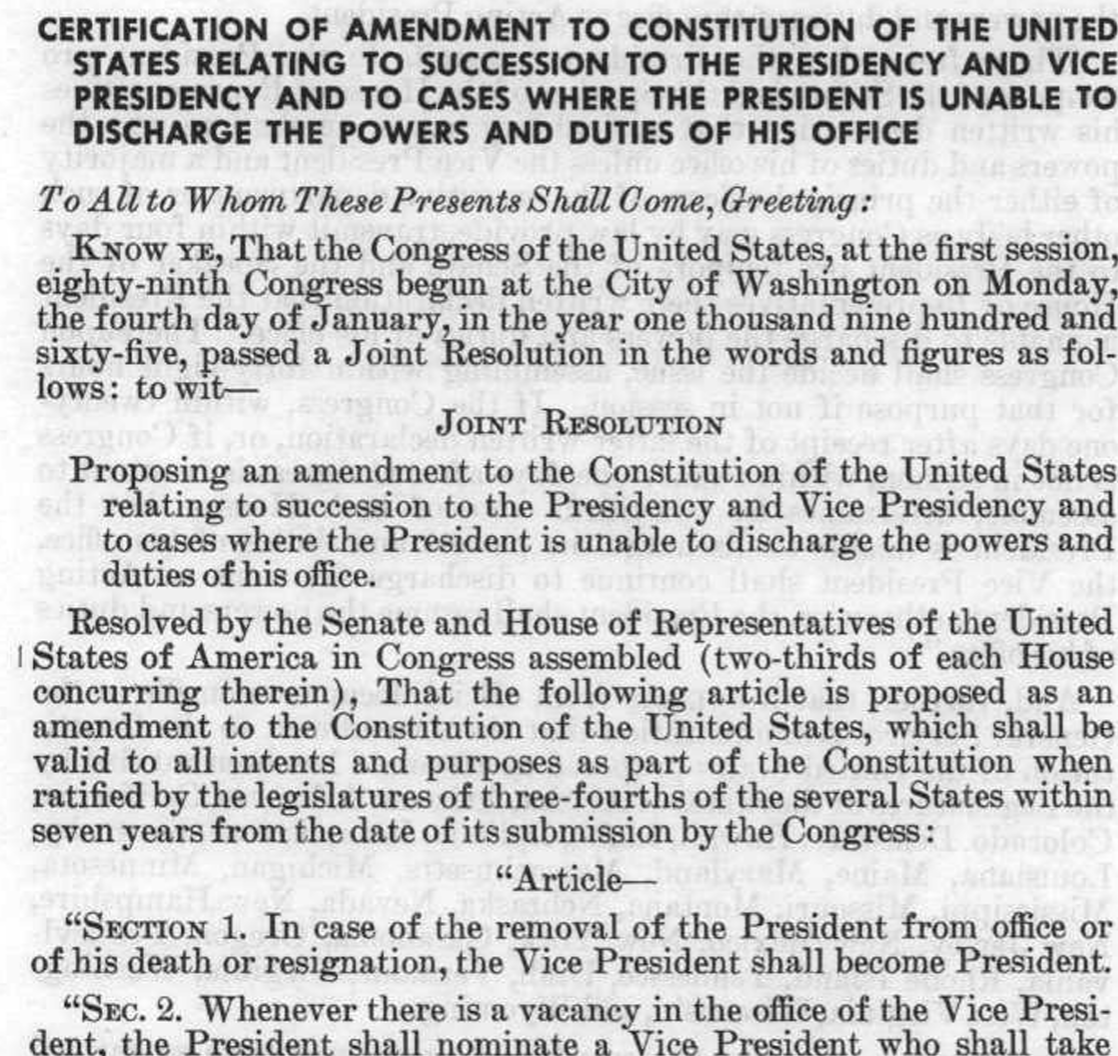
Section 1 of the 25th Amendment dealt with the “Tyler Precedent” and affirmed that the Vice President would become the President, not the “Acting President,” should the chief executive die, be removed, or resign the office. Section 2 gave the new President the power to appoint their own Vice President to fill the new vacancy created in that office. Previously, the Office of the Vice President would have remained empty until the next election. When Kennedy was assassinated and Lyndon Baines Johnson took office, he chose Hubert Humphrey for the job of Vice President. Humphrey then took office after the election of 1964.
Exchange of Power

Although William Henry Harrison’s demise in office illuminated a serious oversight on the part of the Founding Fathers, Congress still took no definitive action to codify the procedures for determining the line of presidential succession. The problem again became apparent in 1881, when President James Garfield was shot in an assassination attempt that left him mortally wounded and frequently delirious for more than two months before he finally passed away. Vice President Chester Arthur then assumed the highest office in the land, but the nation was effectively without presidential leadership while Garfield was ailing.
In 1919, President Woodrow Wilson suffered a massive stroke that gravely incapacitated him—in truth, he never fully recovered from it. Again, no mechanism existed for giving the Vice President, Thomas Marshall, the President’s powers and responsibilities. Wilson’s wife Edith effectively took over the office of the President for the duration of his term and was roundly criticized for her actions.
These questions were eventually solved by Section 3 of the 25th Amendment, which provides for situations in which the President is temporarily unable to fulfill his duties, in which case the President pro tempore of the Senate and the Speaker of the House of Representatives must be advised in writing of the situation. The Vice President then would assume the Presidential duties until the President is able to take them up again.
This section of the amendment was invoked when Ronald Reagan was wounded in an assassination attempt. Reagan also “unofficially” used the amendment when he needed colon surgery. Because his letter to Congressional leadership did not actually mention Section 3 of the 25th amendment, it was technically not invoked.
Vice President Dick Cheney also served two, two-hour stints as “Acting President,” both times because George W. Bush needed a colonoscopy. Unlike Reagan, George W. Bush did formally invoke Section 3 of the 25th Amendment.
Appointed
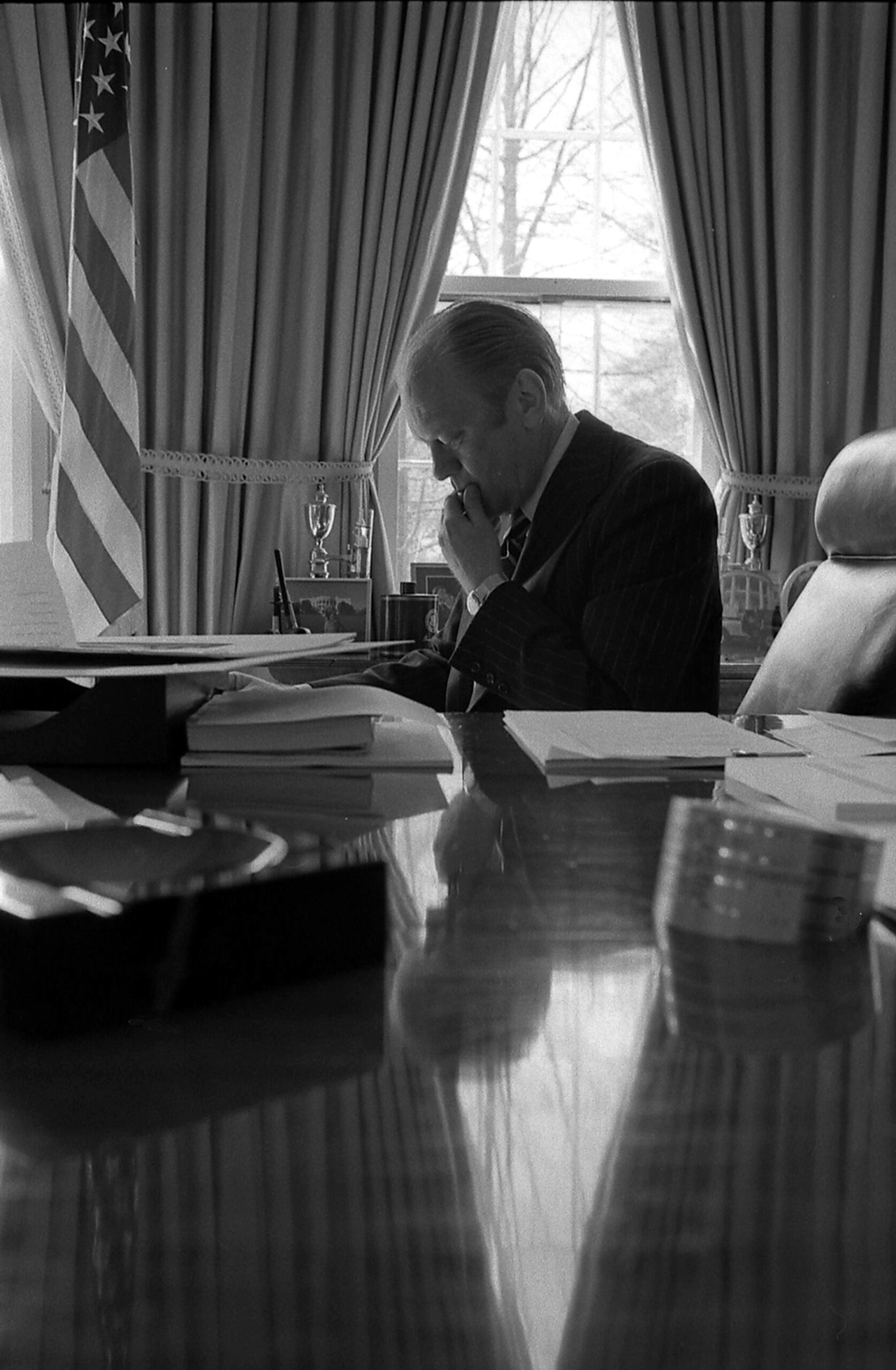
National Archives Identifier: 6829607
Imagine that you suddenly woke up one morning and found that you were the President of the United States, even though you’d not been elected to the office. President Gerald Ford’s situation wasn’t quite that instantaneous, but it was certainly surprising to the nation, and most likely to Ford, too.
Until the 25th amendment was ratified in 1967, there was no formal procedure for filling the office of the Vice President if it became vacant. Section two of the amendment stipulated that if the Vice President leaves his post, the President can nominate a replacement. Both houses of Congress have to approve the President’s nominee by a majority vote.
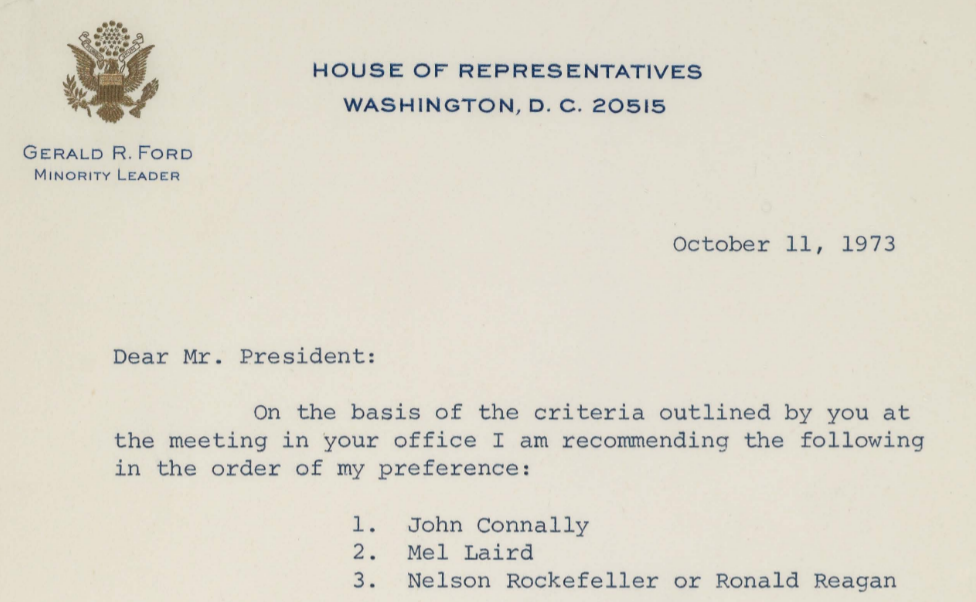
National Archives Identifier: 26080952
This section of the amendment was invoked when Vice President Spiro Agnew resigned in October of 1973. At the time, the U.S. Attorney for the District of Maryland was investigating Agnew for suspicion of criminal conspiracy, tax fraud, extortion, and bribery. President Richard Nixon nominated Gerald Ford, a Senator from Michigan, to be his Vice President, and Congress confirmed Ford’s appointment.
Nixon only remained in office until the next August, when the Watergate scandal finally toppled him and he resigned the Presidency. Gerald Ford then became the President of the United States, without ever being elected to either the office of Vice President or President.
Invoking the 25th

Joint Resolution
January 4, 1965
The fourth section of the 25th amendment has never been invoked. It states that the Vice President and a majority of the officers of the main departments of the executive branch can advise the President pro tempore of the Senate and the Speaker of the House of Representatives in writing that the President is incapacitated and that the Vice President is taking over the President’s obligations. Obviously, the situation would have to be very serious indeed for the Vice President and members of the executive branch to take such a step, but if it ever becomes necessary, the mechanism is clearly delineated for this action.













